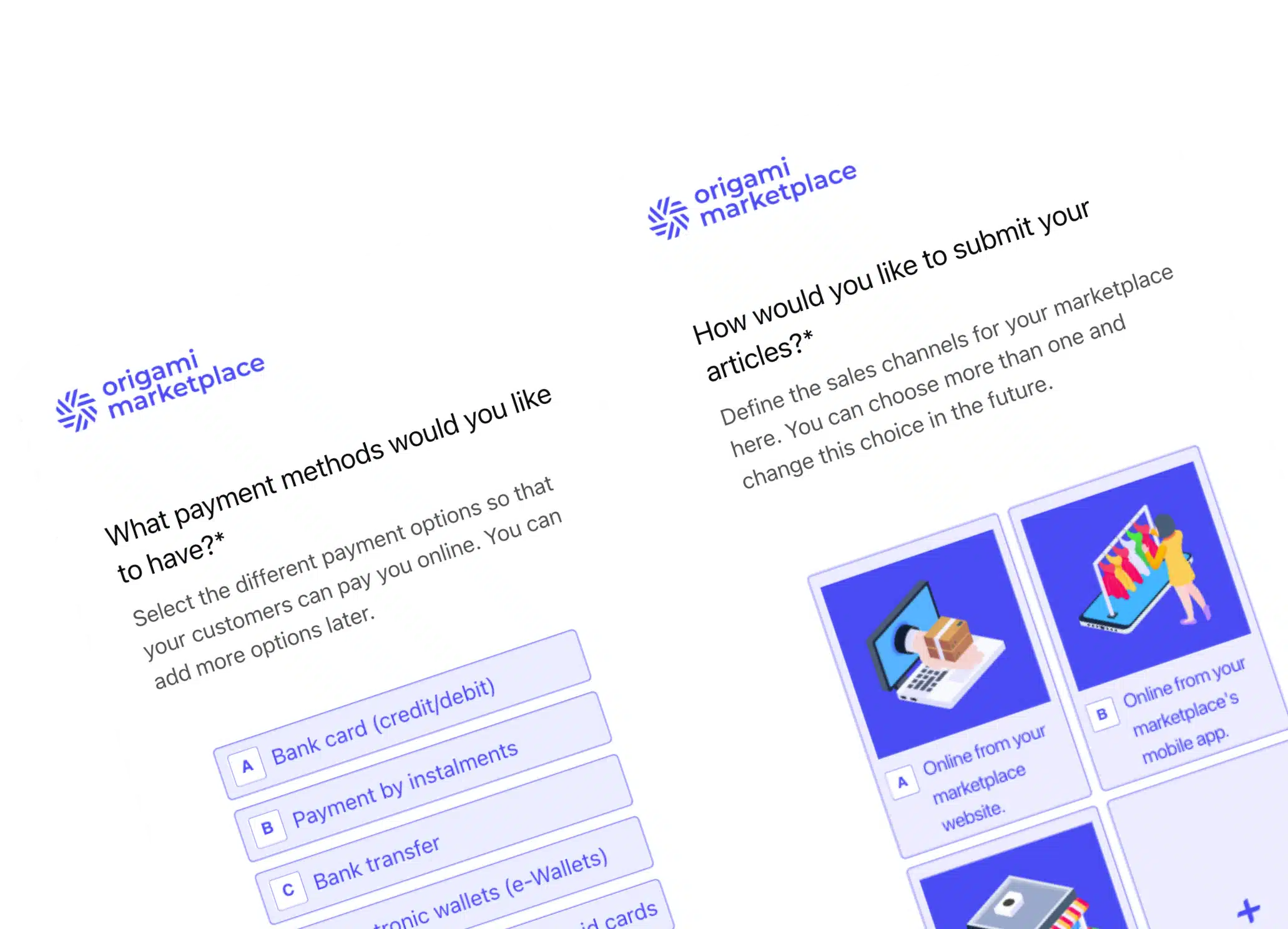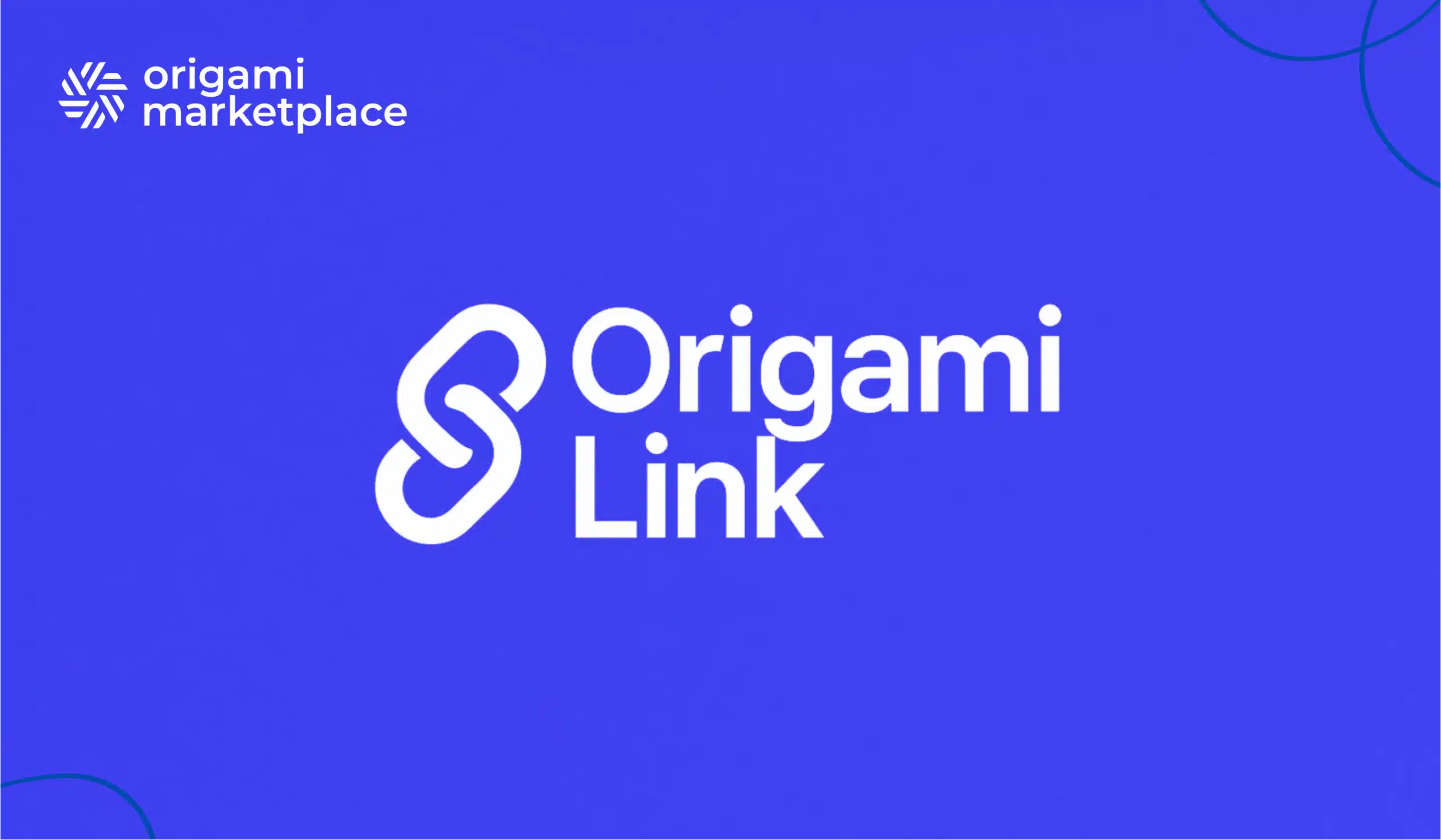Fulfillment: The guide to optimizing your logistics 📦️
- Arnaud
- 10 minute read

Fulfillment may not be glamorous, but it is one of the essential pillars for transforming an order into a successful customer experience. It encompasses all the actions taken by a seller after a customer places an order, including preparing, packaging, shipping, and tracking the delivery, as well as managing returns and customer support. An efficient fulfillment chain helps prevent consumers from abandoning future purchases due to a poor delivery experience.
- What is Fulfillment?
- Fulfillment options
- Key components of a Fulfillment system
- Why work with a Fulfillment partner?
- How to choose the right provider?
- Fulfillment costs and pricing models
- Technologies and challenges related to Fulfillment
- Impact of Fulfillment on customer experience and the environment
- Fulfillment FAQ
👋 No time to read the entire article? Find the summary here.
1. What is Fulfillment?
The term “fulfillment” refers to all post-order operations in the field of e-commerce. It involves carrying out all necessary actions to transform a customer’s order into a successful delivery. For physical products, this includes preparation, packaging, shipping, delivery tracking, returns management, and customer support.
A crucial aspect: Fulfillment involves more than merely dispatching a package; it includes the whole value chain essential for ensuring customer satisfaction.

Alexandre Duquenoy
→ Talk to our expert
2. Fulfillment options
1. In-house management
Some companies choose to handle everything themselves, from inventory management to shipping. This approach offers complete control but can quickly become costly and complex as the business grows.
- Order Receipt: The order is registered through the e-commerce site.
- Picking & Packing: Products are selected and packaged within the company’s own facilities, offering greater visibility over inventory and adherence to your quality standards.
- Invoicing and Shipping: The order is shipped and confirmed upon receipt by the customer.
Disadvantage: This approach often results in higher costs (storage, packaging materials, labeling, first-mile transportation fees, labor), especially when significant investment in technology is required.
2. Outsourcing to specialized providers (3PL)
Other companies prefer to entrust fulfillment to logistics experts. These partners typically have advanced infrastructure and negotiated rates with carriers, which can reduce costs and improve efficiency. The service provider manages the entire process, from order preparation to delivery, including returns management.
Disadvantage: Reduced direct control over the process and dependency on the provider.
3. Dropshipping
In this model, the supplier ships the product directly to the end customer, eliminating the need for the seller to manage inventory.
Disadvantage: You lose control over packaging and delivery times, which can negatively impact the customer experience.
Ready to turn your B2B, B2C, or C2C marketplace vision into reality?
To help you develop the best platform possible, we’ve gathered all the must-have features, key technical considerations, and best practices in a comprehensive document:
Download the Specifications template 🗒
Perfect for smaller or medium-scale projects without a formal purchasing process. It will help you outline your requirements effectively and streamline your selection process.
Download the Request for Proposal template 📒
Ideal for larger, more complex marketplace projects with a formal purchasing department or advanced procurement policies.
3. Key components of a Fulfillment system
To ensure optimal order processing, several essential components must be integrated:
- Warehousing and inventory management: A Warehouse Management System (WMS) and Inventory Management System (IMS) enable real-time tracking of inventory, prevent stockouts and overstocks, and centralize data across multiple locations.
- Order processing: This includes printing shipping labels, selecting appropriate packaging formats, and marking orders as “complete” once shipped.
- Last-mile logistics: Optimizing delivery by carefully selecting carriers and efficiently planning routes to ensure quick and reliable deliveries.
- Returns management: A robust system to track and process returns and quickly reintegrate compliant products back into inventory.
4. Why work with a Fulfillment partner?
Working with a specialized provider offers numerous advantages:
- Cost reduction: By leveraging economies of scale, providers can negotiate better rates for warehousing and transportation, enabling sellers to save up to 50% on logistics costs.
- Choice and reliability: Providers negotiate with multiple carriers to offer varied delivery options (standard, express, pickup points, international) and ensure “on-time and in-full” delivery rates exceeding 95%.
- Growth and international expansion: As order volumes increase or the company expands into new markets, the provider can scale resources accordingly and offer advantageous rates through a multinational warehouse network.
5. How to choose the right provider?
To select a fulfillment provider suited to your needs, ensure you:
- Evaluate handling capabilities: The provider must be skilled at managing both small products (e.g., mobile phones) and bulky or fragile items (furniture, cosmetics, food).
- Check platform compatibility: Ensure the partner can seamlessly integrate with your marketplace solution, such as Origami Marketplace, to automate order tracking and processing.
- Test their technical tools: The provided solutions (tracking apps, inventory auditing tools, etc.) should be user-friendly and efficient.
- Interact with their team: Talk to their experts to assess their ability to support your growth and quickly resolve unexpected issues.
- Consider environmental credentials: Prefer partners committed to reducing CO₂ emissions (3D packaging, reforestation initiatives), aligning with your company’s values.
6. Fulfillment costs and pricing models
The costs associated with fulfillment can vary significantly based on several key factors, which should be anticipated to optimize your logistics budget:
Main components of fulfillment costs:
- Storage fees: Usually charged based on the space occupied by your products (in cubic meters, pallets, or dedicated surfaces). These costs vary depending on storage duration and the geographic location of warehouses.
- Picking & packing fees: These costs include product collection (picking), packaging (packing), and preparing orders for shipment. They can be calculated per processed order, per packaged unit, or sometimes as a monthly flat rate depending on your volume of activity.
- Shipping costs: These depend on the weight, package dimensions, destination, and selected shipping method (express, standard, international). Costs can vary significantly depending on provider negotiations with carriers and the volumes handled.
- Returns management: Handling returns and potentially reconditioning returned products incur additional costs that must be anticipated to avoid unexpected financial issues.
- Additional services: Some providers offer complementary services, such as personalized packaging, specific labeling, shipping insurance, or dedicated customer support, which may involve additional fees.
Common pricing models for providers:
- Per-unit pricing: Cost per order or shipped product. Easy to anticipate but can become costly during rapid growth.
- Monthly flat rate or subscription: Regular fees based on average volumes, simplifying cost control but requiring accurate volume estimation.
- Volume-based pricing: Prices decrease as order volumes increase, advantageous for rapidly growing businesses.
You can find a summary table below showing average fulfillment service rates, based on data provided by some service providers.
| SERVICE | BILLING | AVERAGE RATE |
|---|---|---|
| Reception | Pallet | €3.50 per pallet |
| Parcel | €1.05 per parcel | |
| Storage | Pallet (120x80x130 cm) | €8.00 per pallet/month |
| Shelf linear metre (100x40x40 cm) | €3.00 per linear metre/month | |
| Order picking | Cost per parcel | €4.10 per parcel |
| Cost per additional item | €0.55 per item | |
| Supplies (box, void-fill, consumables) | €0.70 per order | |
| Other services | Kitting | €0.05 per product/parcel |
| Return | €3.00 per returned parcel | |
| Average hourly rate | €30.00 per hour |
The rates shown are averages based on the information available and may vary depending on the service provider and the specific features of each contract
Environmental factors to consider:
- Optimized and sustainable packaging costs: Using customized and eco-friendly packaging might incur higher initial costs but often results in long-term savings (less material, reduced package weight).
- Investments in sustainable technology: Solutions like automation or intelligent inventory management systems may have a high initial investment but yield substantial long-term savings.
- Green delivery costs: Choosing carriers offering ecological solutions (electric or hybrid vehicles, optimized deliveries) may slightly increase costs but significantly improves brand image among environmentally-conscious customers.
Effectively managing fulfillment costs requires considering direct expenses (storage, picking & packing, shipping) as well as long-term benefits linked to strategic choices, particularly those supporting sustainable and eco-friendly logistics.
7. Technologies and challenges related to Fulfillment
Key technologies for efficient fulfillment
WMS (Warehouse Management System) and IMS (Inventory Management System): Enable centralized, real-time inventory management to limit stockouts and overstocking, thereby reducing resource waste.
Automation and artificial intelligence (AI): Optimize order processing, inventory management, and demand forecasting, reducing human errors and unnecessary returns that increase the carbon footprint.
Barcode scanners and RFID: Enhance picking accuracy and improve product tracking, thus minimizing losses and waste caused by logistical errors.
Eco-friendly packaging: Innovative solutions such as custom 3D packaging, recycled and biodegradable materials, or reusable packaging are used to decrease environmental impact.
Green delivery (electric, hybrid, or cargo bikes): Significantly reduces CO₂ emissions on the last mile, which is generally the most polluting stage of fulfillment.
Challenges to overcome for sustainable logistics
Reduction of overall carbon footprint: Minimize emissions by optimizing routes, using clean modes of transportation, and favoring local sourcing whenever possible.
Responsible returns management: Implement processes that quickly reintegrate returned products into the sales channel or recycling stream to limit waste.
Energy savings in warehouses: Adopt energy-efficient solutions (LED lighting, solar panels, improved insulation, smart automation) to reduce energy consumption in warehouses.
Regulatory and environmental compliance: Adhere to local and international environmental standards (waste management, material traceability, eco-certification of packaging).
Solutions for eco-responsible logistics
- Collaborate with environmentally committed service providers: Prioritize partners with a clear policy on reducing carbon emissions, using sustainable packaging, or involved in environmental projects (such as reforestation).
- Optimize inventory and logistics processes: Leverage AI and automation to reduce the number of trips, unnecessary storage, and excessive packaging.
- Raise consumer awareness: Inform and encourage customers to opt for greener delivery options (consolidated deliveries, adjusted delivery times, choice of pick-up points).
By combining technological innovations with ecological actions, fulfillment becomes not only efficient but also sustainable, meeting the growing consumer expectations for environmental responsibility.
Ensure your success today. Take advantage of our free configurator to define the key outlines of your project and speak with one of our experts for a personalized study.

8. Impact of Fulfillment on customer experience and the environment
An efficient fulfillment process is not just about delivering products quickly; it’s also about providing a positive, sustainable, and responsible experience in line with current consumer values. Today, an ecologically optimized logistics process is seen as a key differentiator, directly contributing to customer loyalty.
Fast, reliable, and eco-friendly delivery
Responsiveness and meeting deadlines: Consumers expect fast delivery (typically within 2 to 3 days). An optimized logistics organization not only meets these expectations but also reduces the number of trips and transportation-related emissions through intelligent routing.
Ecological transparency: Offering customers low-carbon delivery options (electric vehicles, cargo bikes, consolidated shipments) enhances their satisfaction while significantly reducing the ecological footprint of each order.
Reduced cart abandonment through a responsible approach
Cost and time control: Reasonable delivery fees coupled with transparency regarding ecological impact (recyclable packaging, carbon-neutral deliveries, environmental compensations) help decrease cart abandonment related to pricing or environmental concerns.
Simplified and eco-responsible returns management
Optimized returns experience: A smooth, transparent, and fast process reinforces consumer trust. Additionally, responsible returns management including recycling, reusing packaging, and quickly reintegrating products into circulation greatly improves the ethical perception of your brand.
Enhancement of your sustainable brand image
- Visible commitment to consumers: Actively communicating about the ecological initiatives implemented in your fulfillment process (eco-friendly packaging, green delivery, energy-efficient warehouses) can significantly enhance your brand image, foster customer loyalty, and attract new consumers who are committed to responsible practices.
Since 2025, efficient and eco-responsible fulfillment has been a powerful competitive lever that directly enhances customer satisfaction while meeting the growing expectations of consumers concerned about their environmental impact. Fulfillment is far more than a simple logistical operation it is a strategic component of your e-commerce activity. Whether managed in-house or outsourced, it directly influences both customer satisfaction and your company’s profitability.
By optimizing your processes and collaborating with reliable partners, you will transform your logistics into a major competitive asset. Would you like to discuss your logistical challenges with an expert? Our team is available to support you.
Why is fulfillment a critical link in your business?
Fulfillment encompasses all the steps following an order: preparation, packaging, shipping, tracking, returns, and customer support. It is essential for providing an optimal customer experience and building buyer loyalty.
Three management models:
- In-House: High control but significant costs.
- Third-Party Provider (3PL): Greater cost savings and efficiency, but with a loss of direct control.
- Dropshipping: Simple, yet carries risks regarding quality and delivery times.
Key criteria for a good partner:
- Ability to handle diverse products
- Seamless technological integration
- Ecological commitment
Main costs:
- Storage
- Preparation (Picking & Packing)
- Shipping and returns
- Additional services (custom packaging, dedicated support)
Technological and environmental challenges:
- Automation, AI, intelligent inventory management
- Eco-friendly packaging and low-carbon deliveries
- Logistics optimization to reduce environmental impact
Efficient and eco-responsible fulfillment is now essential for success in e-commerce.
👉 Need a turnkey solution? Engage with a specialized provider like Origami Marketplace to expedite your project. Discover how our API and partner network can transform your business, regardless of its size, through our innovative marketplace-based solution.
Fulfillment FAQ
- What is fulfillment? It is the set of order processing operations from receipt to delivery, including return management and customer support.
- What are the fulfillment models? You can manage it in-house, outsource to a 3PL provider, or opt for dropshipping.
- Why outsource fulfillment? To benefit from economies of scale, technical expertise, and increased flexibility, while ensuring optimal compliance with logistical standards.
- How can order accuracy be improved? By automating the process with tools such as RFID scanners, establishing checklists, and generating automated shipping labels.
- What is the difference between shipping and fulfillment? Shipping refers solely to the transportation of the package, while fulfillment encompasses all the steps involved in processing an order.


